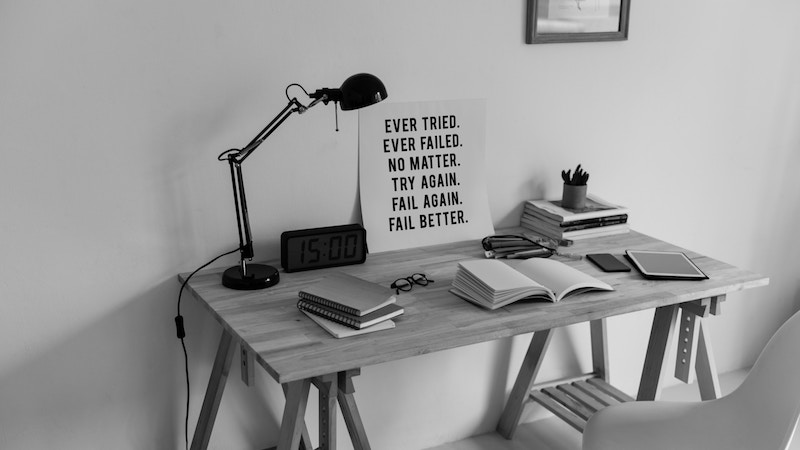Crafting Winning Proposals
Episode #1 of the course How to freelance like a pro by Paul Jarvis and Kaleigh Moore
Welcome!
We’re Kaleigh Moore and Paul Jarvis, the teachers behind Creative Class, a course on the business of freelancing. We have 25 years of collective freelance experience between us, and we both speak and write extensively on the topic.
Over the next ten days, you’ll learn how to ensure your freelance projects are successful, profitable, and enjoyable.
Why? Because freelancing can provide much more than a commodity exchange; it can be an amazing collaboration in which you’re valued for your expertise, paid well, and hired repeatedly.
So, let’s jump right in and start at the very beginning: proposals.
The first thing to keep in mind is that your proposal needs to be clear. Leave out the legalese, lawyer-speak, or anything that isn’t phrased in clear, plain English. (Note: This isn’t legal advice, since we’re not lawyers. We’re simply sharing how we use proposals to structure and reinforce our client work.)
Landing projects from your proposals depends more on the why than the how (i.e., technical specs).
• Why will your proposed solution work?
• Why are you the right person to help the client achieve their business goals?
Answering those two questions will set your work apart from most other freelance proposals because you’re not just sharing what you’re going to do but also why you’re doing it and how it will help their business.
• Define the problem. What’s wrong, broken, requires an update, or needs fixing? If it’s a redesign, map out why the site is being revised (in the same words and phrases the client used to describe the problem). You only need a few sentences.
• Outline your solution. How will you fix the problem? Answer the two “whys” we covered earlier (why your solution and why you) as briefly as possible.
• Offer proof. Do you have a testimonial or case study that shows how you solved a similar problem? Share it. If you don’t have a parallel testimonial, provide a general one that speaks to your ability to help clients achieve results.
• Clarify deliverables. Use line items to describe exactly what the client will receive, in what format, and how many revisions/changes you’ll provide. Include as much detail as you can.
• Attach a price to each deliverable. Don’t list your hourly rate and how many hours it will take you to complete each deliverable, because that punishes your own efficiency. Instead, attach a value to each deliverable based on your skills and problem-solving abilities. Pricing by value emphasizes the quality and benefits of that deliverable without commoditizing your work.
• Set a schedule. What’s the start date? When will the client receive each deliverable? Beside the date for each deliverable, list how much of your fee is due at that time so the client knows when they need to pay your invoice for each deliverable.
• Describe your process, ownership rights, and kill fees. If you’re doing anything that requires steps, revisions, and feedback, clarify all those details in your proposal through a Client Service Agreement (CSA).
• Sign and date. Enough said.
• Next steps. Offer scenarios with clear actions. If the potential client has questions, what should they do? (e.g., contact you by email? schedule a phone call?) Make this clear. People are far more likely to follow instructions if you give them an easy way to do so.
That’s it. No fancy legal bits, no expensive software.
Typically, our proposals are two to three pages in Google Docs. A template helps, so you can simply open the template and fill in the blanks for any new project. A freelance proposal isn’t just a document to show what you’ll do, it’s also your chance to drive home the value of your services.
In tomorrow’s lesson, we’ll talk about onboarding processes for greater efficiency.
Happy freelancing,
Kaleigh and Paul
Recommended audio
What Do You Need to Know When You’re Starting Freelancing?
Recommended book
Share with friends

